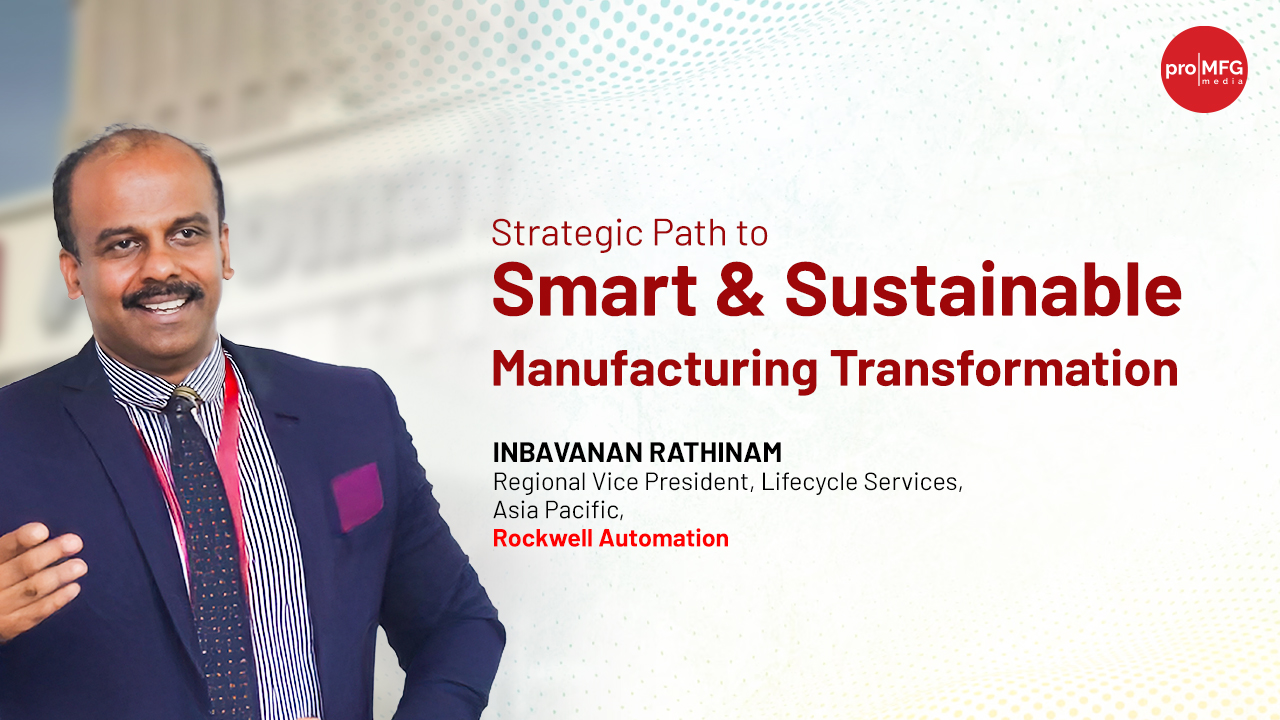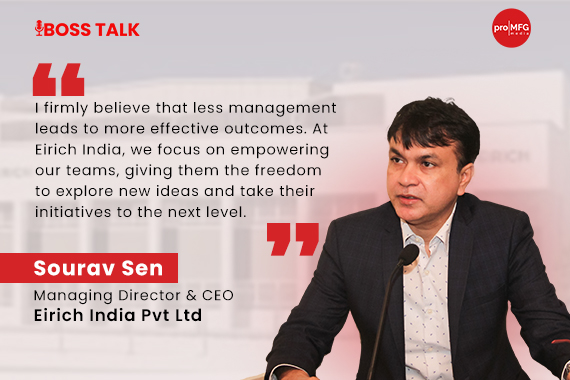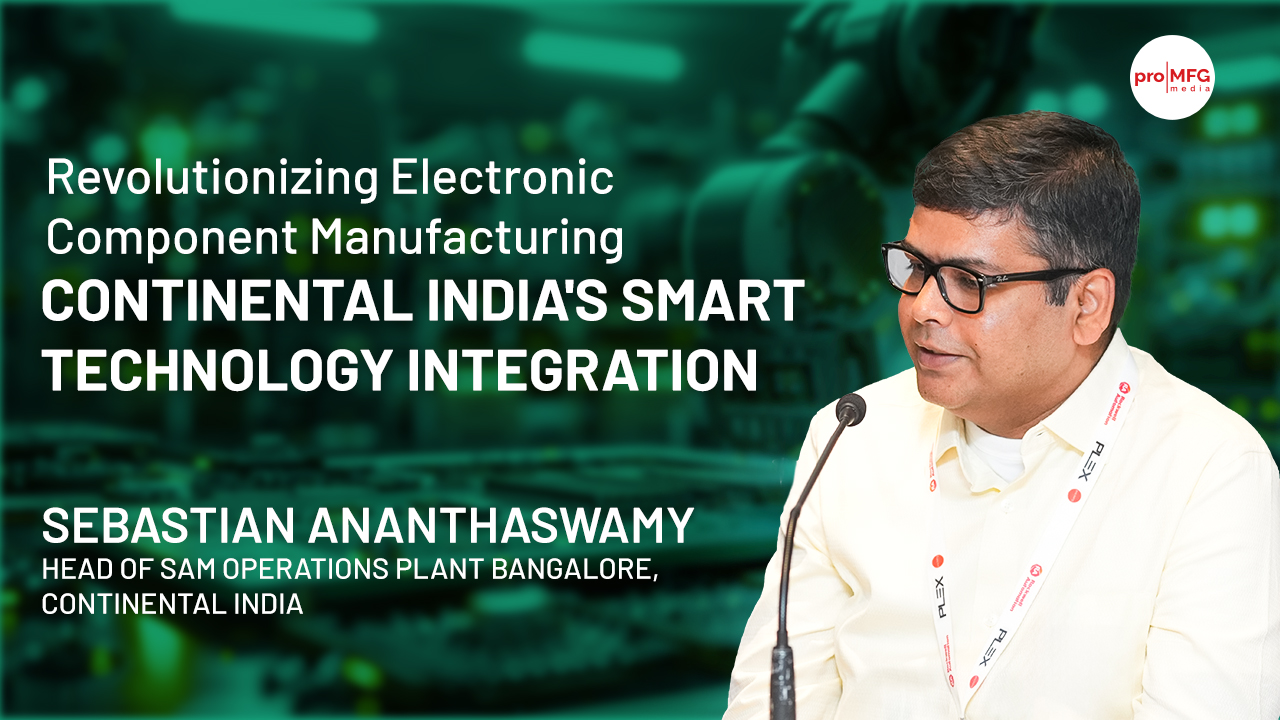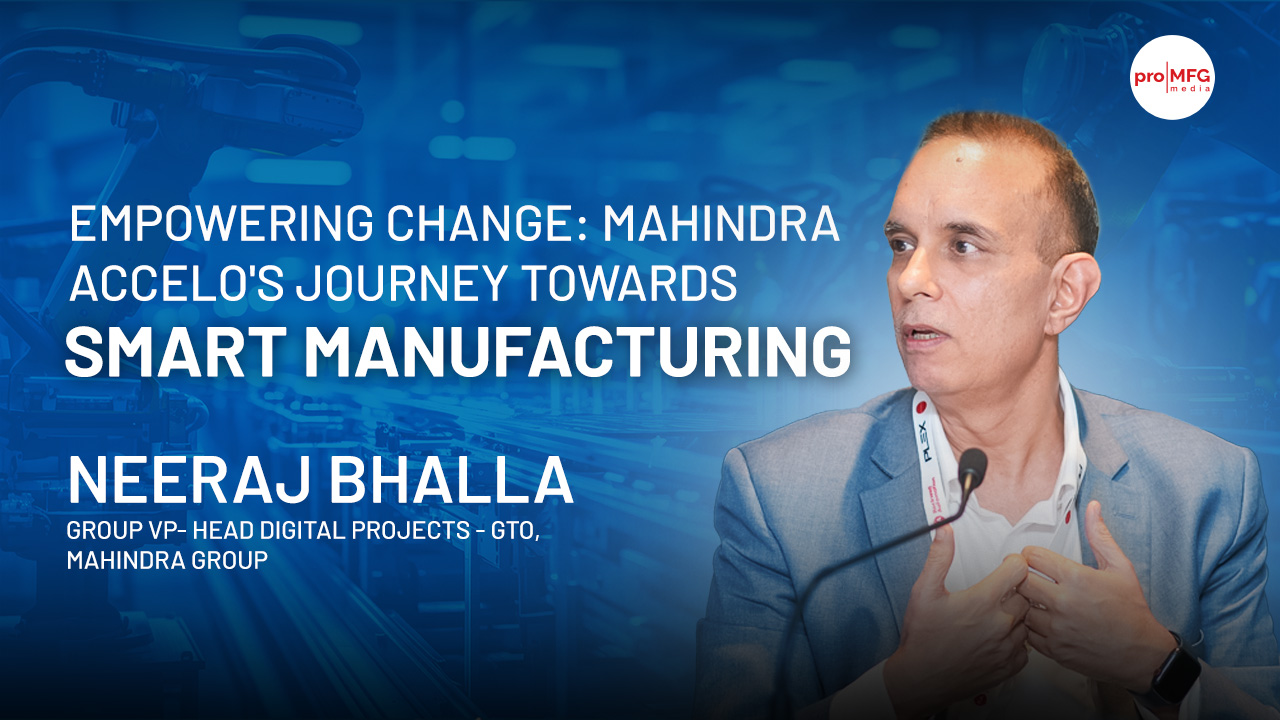Modernization Vs Upgrade : What’s best for Legacy Manufacturing Plants
#DigitalTransformation #IoT #MSME #AutomationIn the era of digitalization, optimization of the old assets should be the key priority. Mr. G K Pillai, Director & Advisor, Walchandnagar Industries Limited, shares with Pro MFG Media the importance to modernize the old assets for India manufacturing industry to become self- reliant.
The manufacturing sector has come a long way, right from the 1.0 industrial revolution that led to the invention of steam-powered engines to the current Industrial 4.0 showcasing sensors, artificial intelligence, etc., the industry has witnessed numerous transformations.
The introduction of IoT has changed the old system and processes, bringing in a fresh perspective in the manufacturing sector. The long-established organization such as Heavy Engineering Corporation and Walchandnagar Group, still owns the old plants which house large machines and equipment. Companies such as them are usually left in the dilemma whether to opt for digitalization on the existing machines or transform the entire system completely. Considering the current situation where the country is facing to become a global manufacturing hub, the companies must opt for high-end technologies and machines or replace some of the old assets with the new assets. The combination can help us achieve our goal. The latest modern industry 4.0 methodology, automation, IoT are vital for the desired transformation. The organization will have to slowly change the mindset and embrace the change as one cannot transform the entire system overnight. Thus, companies should initially transform selective areas with new machines, methodology, automation, etc., and later move to bigger transformation.
Usually, when we discuss transformation, we consider only large organizations, but since we are aiming for the global title, we need to bring in the MSME on the same board. The MSME will play a huge role in the future of the manufacturing sector, but lack of capital to invest in modern technology will dampen the spirits of the small-scale organization. With the existing machines and processes, they will not be able to produce superior quality products. The success of any large organization of the quality of the final product is dependent on MSME as they are the supplier to the tire one. It is pivotal that MSME maintain the highest quality standards, and even the tire 2 should follow the same methodology as tier 1 for us to be successful in the manufacturing sector.
For Atma Nirbhar Bharat policy to be successful, everyone needs to play their part with dedication. The industry and academy institutions play a key role, but the government plays the most critical role in creating a world-class manufacturing sector in India. Even though the government has implemented policy to cease the import of one hundred goods is seen as a highly positive sign, the MSME will require strong financial assistance from the government to compete on a global scale. The input cost for manufacturing is remarkably high. Right from machinery to raw materials, the manufacturing sector must rely on an external source of funds. The government must focus on bringing this cost of funds down so that the sector prospers with increased profitability.
We can propagate that for the companies who want to invest in capex, particularly for bringing in automation and industry 4.0, the government should provide a subsidy either in terms of interest, which will eventually enhance the level of the manufacturing sector capability in the country.

NEWSLETTER
TRENDING ON PRO MFG
MORE FROM THE SECTION



.jpg)




